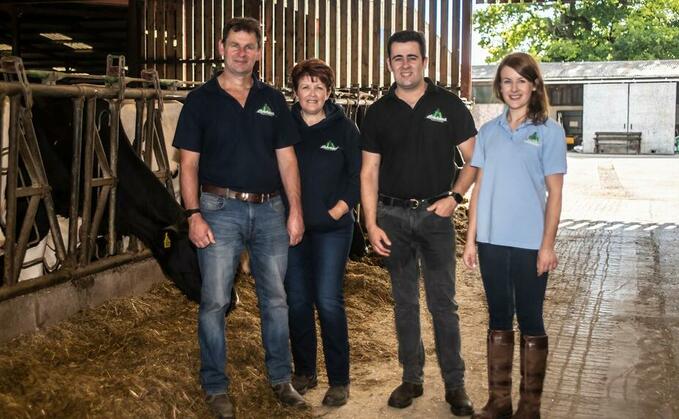
A passion for pedigree cows, a sense of fun along with commitment, and the perfect view distinguish the family behind the prizewinning Larchwood Holsteins in Monmouthshire. Gaina Morgan reports. Jeff...

A passion for pedigree cows, a sense of fun along with commitment, and the perfect view distinguish the family behind the prizewinning Larchwood Holsteins in Monmouthshire. Gaina Morgan reports. Jeff...

BNG National Habitat Bank Creation & Unit

FARM LOANS & RE-MORTGAGES

Commercial Secured Bridging Loans for Business